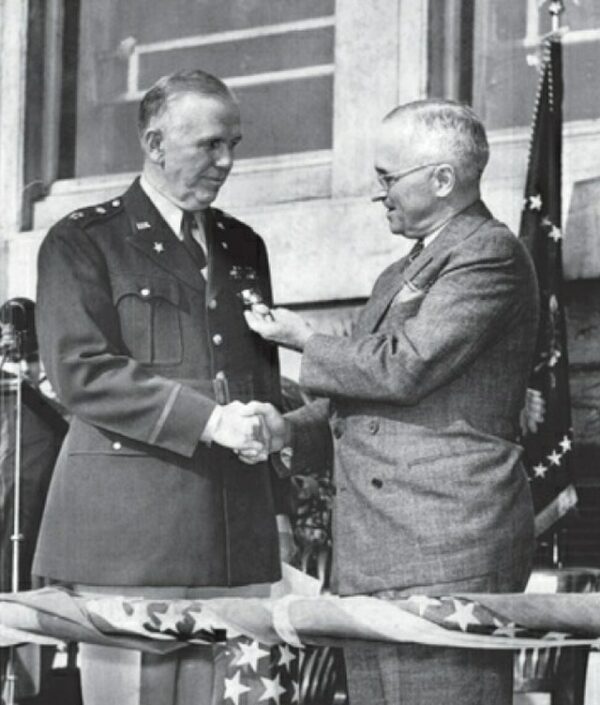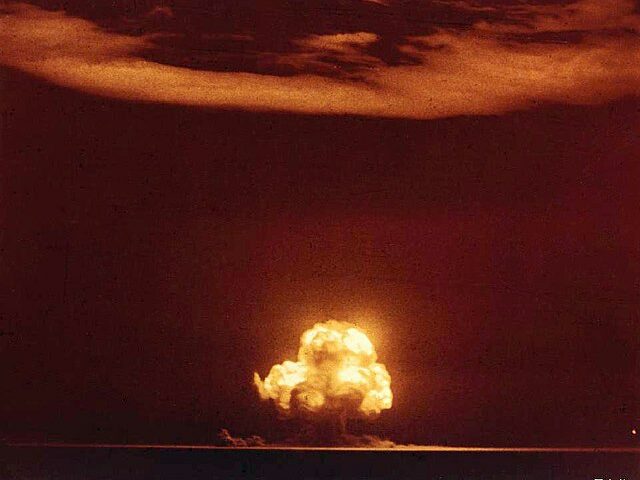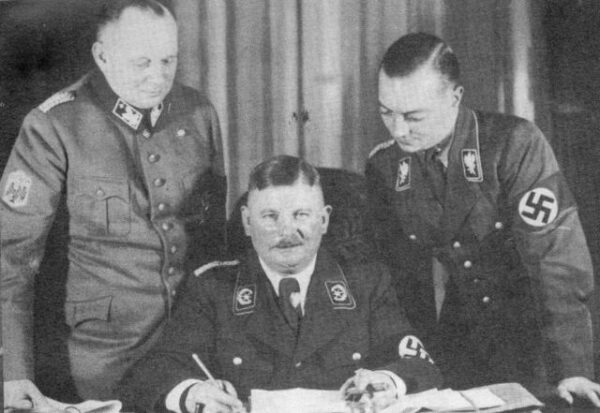On June 5, 1947, United States Secretary of State George C. Marshall delivered a speech at Harvard University that shaped the course of modern history. He proposed a comprehensive aid program to help Europe recover from the devastation of World War II. This address laid the groundwork for what would become known as the Marshall Plan, formally called the European Recovery Program (ERP). Marshall’s address outlined not only the urgent necessity of economic assistance but also the broader geopolitical strategy aimed at stabilizing and revitalizing Europe, which was crucial for global peace and security in the post-war era.
Marshall began by highlighting the severe economic distress in Europe. The continent was grappling with widespread destruction of infrastructure, housing, and industry. Agricultural production was disrupted, leading to food shortages, while the harsh winter of 1946-47 had exacerbated the crisis. Marshall emphasized that the traditional economies of Europe were in a state of near collapse and that immediate intervention was essential to prevent further deterioration. He conveyed the gravity of the situation by stating that the very fabric of European society was at risk.
One of the key aspects of Marshall’s speech was his insistence that the aid should not be seen as a unilateral American initiative but rather as a cooperative effort. He called for European nations to come together and create a plan for their recovery, which the United States would then support financially. This collaborative approach was designed to foster a sense of shared responsibility and to ensure that the aid was used effectively and according to the specific needs of each country.
Marshall’s proposal was underpinned by the belief that economic stability was fundamental to political stability. He argued that economic disarray in Europe could lead to political extremism, which was a direct threat to the fledgling democracies and could potentially open the door to communist influence in Western Europe. This was a critical consideration during the early stages of the Cold War, as the United States sought to contain the spread of communism and maintain a balance of power.
The speech also reflected a broader vision for the role of the United States in the world. Marshall articulated a principle of humanitarianism combined with pragmatic geopolitics, suggesting that aiding Europe was not just an act of charity but also an investment in a stable, prosperous, and peaceful international order. He posited that a thriving Europe would be a better trading partner for the United States and that economic prosperity in Europe would contribute to global economic health, which in turn would benefit America.
Marshall’s address was notable for its clarity and simplicity. He avoided bureaucratic jargon and spoke in direct, understandable terms. This was instrumental in garnering public and political support for the plan. His speech resonated with the American public and Congress, who recognized the interconnectedness of global stability and American security and prosperity.
The subsequent implementation of the Marshall Plan saw the United States providing over $12 billion (equivalent to approximately $130 billion today) in economic assistance to European countries over four years. The aid was used to rebuild infrastructure, revive industries, and stimulate economic growth. The plan also encouraged European economic integration and cooperation, which laid the groundwork for future initiatives like the European Union.
The success of the Marshall Plan exceeded expectations. It not only facilitated the rapid recovery of the European economy but also strengthened political stability and reinforced the transatlantic alliance. The program is widely regarded as one of the most successful foreign aid initiatives in history, exemplifying how strategic economic assistance can foster global stability and peace.
The Marshall Plan rebuilt a war-torn Europe, shaping the course of international relations for decades to come and placing the United States as a global leader.






